
Table of contents:
- Author Bailey Albertson [email protected].
- Public 2023-12-17 12:53.
- Last modified 2025-06-01 07:32.
Capricious seedlings: how to care for petunia seedlings

Petunia is an annual very common in household plots. Gardeners appreciate it for its brightness and variety of shades, abundance of flowering and unpretentiousness. But the latter does not apply to seedlings, which require careful maintenance. Nothing supernatural is required from you, but if you want to get your own seedlings, you need to find out about the important nuances in advance.
Content
-
1 How to grow healthy petunia seedlings
-
1.1 Suitable conditions for seedlings
1.1.1 Video: petunia seedlings from sowing seeds to flowering
-
1.2 How to care for seedlings
- 1.2.1 Video: how to properly care for seedlings from petunia seeds
- 1.2.2 Video: seedlings of petunia in peat tablets
-
-
2 Transfer to open ground
2.1 Video: planting petunia seedlings in the garden
How to grow healthy petunia seedlings
Gardeners most often buy petunia seedlings, not wanting to mess with it. Seedlings, indeed, require careful care and constant monitoring of living conditions.
Suitable conditions for seedlings
Seeds germinate unsupportedly, it takes from 5-7 days to two weeks. It is useless to wait any longer.

The most difficult period for a gardener growing petunia seedlings is from the moment of emergence from seed to phase 2-3 of a true leaf
Seedlings require:
- Good lighting. Light is needed even for seed germination. The recommended daylight hours are 11-12 hours. Seedlings are easily bent, reaching towards the sun. If natural light is enough for them, the container is turned 2-3 times a day, ensuring uniform development. But in almost all of Russia, additional lighting is required. The light source is placed 20-25 cm above the containers, strictly above them. Then there is no need to turn them. It is advisable to use special phytolamps, but ordinary fluorescent, LED ones are also suitable. The minimum illumination level is 25,000 lux, the optimum is 50,000 lux.
- Temperatures are 24-25 ° C during the day and 18-20 ° C at night. The critical minimum at which seedlings die is 15-16 ° C.
- Humidity is about 60-70%. The seedlings are kept under the film until the first true leaf appears, so you need to air the "greenhouse" several times a day. High humidity almost inevitably provokes the appearance of a "black leg", to which petunia is very susceptible.
Video: seedlings of petunia from sowing seeds to flowering
How to care for seedlings
For optimal development, petunia seedlings need the following:
-
Watering. While the containers with the seedlings are closed, they need minimal watering, the "greenhouse" provides the necessary substrate moisture. After removing the film or lids from the pots, proceed to watering with a syringe or pipette directly under the root or along the walls of the container. It is impossible for the water to fall on the plant itself. Let the substrate dry slightly, constantly controlling its moisture content. Petunia prefers frequent but moderate watering. Water is used only settled, at room temperature. Overfilling is very dangerous for petunias - it increases the risk of developing "black leg". Pour vermiculite or fine sand into containers with filled seedlings immediately.

Watering petunia seedlings Petunia seedlings are watered in any way that allows you to dose water and avoid getting its drops on the plants
-
Fertilization. Only special fertilizers are used for seedlings, pure mineral fertilizers will simply "burn" the seedlings, organic matter is a potential source of disease. Feeding begins 12-15 days after the pick, applying fertilizers that promote the development of the root system - Solution, Plantafol, Aquarin. The dosage compared with the recommended is reduced by 1.5 times. Further, fertilizers are applied every 7-10 days. You can alternate root and foliar feeding.

Fertilizer for seedlings There are many special fertilizers for seedlings, most often these are universal products suitable for both vegetable crops and flowers.
-
Picking. Petunia tolerates it relatively well. It is carried out in the present phase of 2-3 leaves, if petunia seeds were planted in common containers. For transplant, use 200-250 ml cups with drainage holes. The soil is the same as for planting seeds. Seedlings are removed from the common container along with a lump of earth and transferred to a new one, trying not to damage the roots. It is convenient to pick them up with a toothpick or a match. The plants are buried to the cotyledonous leaves, the soil is carefully tamped, and the petunias are watered moderately. For the next 7-8 days, the temperature is lowered by 2-3 ° C and the plantings are protected from direct sunlight.

Picking seedlings of petunia Picks can be avoided by immediately planting 2-3 petunia seeds in separate cups or one at a time in peat tablets
-
Disease prevention. Before 2-3 true leaves appear, it is recommended to add a few crystals of potassium permanganate to the water for irrigation until a pale pink color is obtained. It is useful for preventing any fungal disease. Then, with a frequency of 7-10 days, the seedlings are watered with a solution of any biofungicide (Maxim, Previkur, Alirin-B). Another common problem with petunias is chlorosis. To eliminate the iron deficiency, Ferovit is added to the soil according to the manufacturer's instructions.

Potassium permanganate solution Even a weak solution of potassium permanganate helps protect petunia seedlings from fungal diseases
-
Pinching. It is necessary for greater "bushiness" and profuse flowering of petunias, especially for hybrids and those varieties that differ in growth rate. It is not carried out on ampel and cascade petunias. The pinching is done immediately above the 4-5 leaf, the tip of the shoot together with the growth point is pinched off. As a result, a new lateral shoot appears from each leaf sinus. After two weeks, the procedure can be repeated, removing only the very tips of the shoots so as not to damage the forming flower buds.

Pinching petunia Pinching petunia seedlings provides an abundance of flowering in the future
-
Hardening. Starts two weeks before transplant. Saplings are taken out into the open air, starting from 10-15 minutes and extending this period daily. On the last day before disembarking, the containers are not brought home at all.

Hardening of petunia seedlings Hardening helps petunias adapt faster to changing habitats
Video: how to properly care for seedlings from petunia seeds
Planting in peat tablets with a diameter of 3.5-4.5 cm, as practice shows, increases the germination of petunia seeds and facilitates its care. It is much easier to understand that the plant needs regular watering. No picking required. It is especially convenient to plant pelleted seeds in this way - one per tablet. First, they must be placed in a tray and pour water into it so that the tablets swell well. The seeds are planted in special recesses, a little water is dripped from above to soak the shell, and the pallet is covered with a film.

It is more convenient to grow petunia seedlings in peat tablets than in the "classic" way
Video: seedlings of petunia in peat tablets
Transplant to open ground
Seedlings of petunias are ready to be transplanted into a flower bed 10-12 weeks after germination. The optimal time in a temperate climate is the last decade of May or the first half of June.

If the weather is cool, rainy, it is better to postpone planting petunias - the presence of buds and even flowers is not an obstacle to transferring plants to a flower bed
Petunia will grow best in a well-lit area in a nutritious, but loose enough loamy substrate. To increase fertility, humus is introduced into the flowerbed since autumn - about 5 l / m².
For disembarkation, they choose a cloudy day or wait for the evening when the sun sets. In the flowerbed, holes are made in advance with a depth of 8-10 cm. The interval between them depends on the type of petunia. Between large-flowered varieties, 23-25 cm are left, between small-flowered varieties - 18-20 cm, between ampelous varieties - 28-30 cm.

When planting petunias, observe the recommended spacing between plants - this contributes to long and abundant flowering
The transplant is carried out exclusively by the transshipment method. To make it easier to remove the plants from the containers, they are watered abundantly 2-3 hours before the procedure. It is more convenient to plant petunias in peat pots in a flower bed - they are transferred into the ground along with the container.

The main thing when planting petunia seedlings in a flower bed is not to damage the roots of the plant; try not to destroy the earth ball as much as possible
The soil around the stem is carefully compacted, the petunias are watered, spending 200-250 ml of water per plant, the substrate is mulched with humus or peat. Until the flowers begin to grow, it is recommended to cover them from direct sunlight by erecting a canopy of white covering material over the flower bed.
Video: planting petunia seedlings in the garden
Petunia seedlings, resembling blades of grass on thin legs, are very fragile and delicate. Even a slight deviation from optimal conditions of detention or minimal flaws in agricultural technology often provoke their mass death. To avoid this, read the rules for caring for seedlings in advance. Nothing special from the gardener is required, only accuracy in following the recommendations.
Recommended:
What To Plant After Strawberries Next Year And What Not To
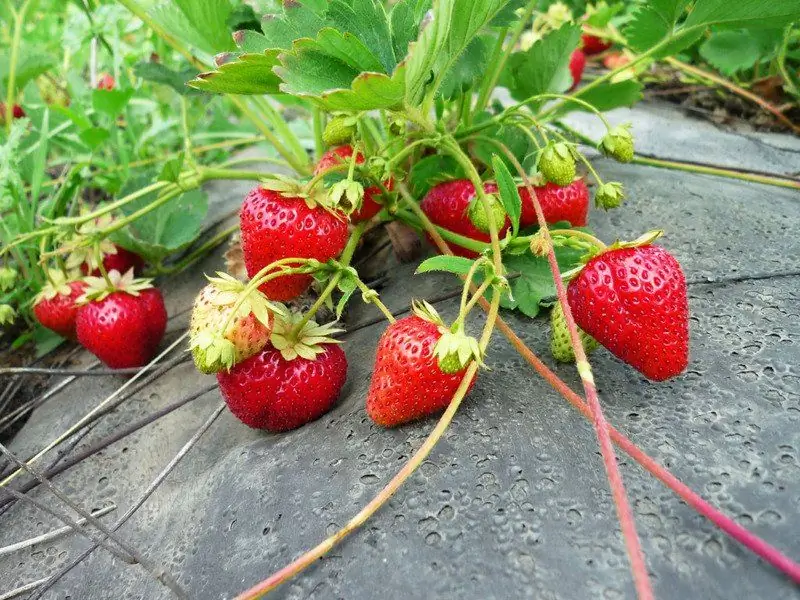
Strawberry crop rotation rates: which crops can be planted and which ones are better not to plant after strawberries
How To Wean A Cat And A Cat To Tear Wallpaper And Furniture, Features Of Weaning Kittens And Adult Animals, Useful Tips And Tricks, Reviews
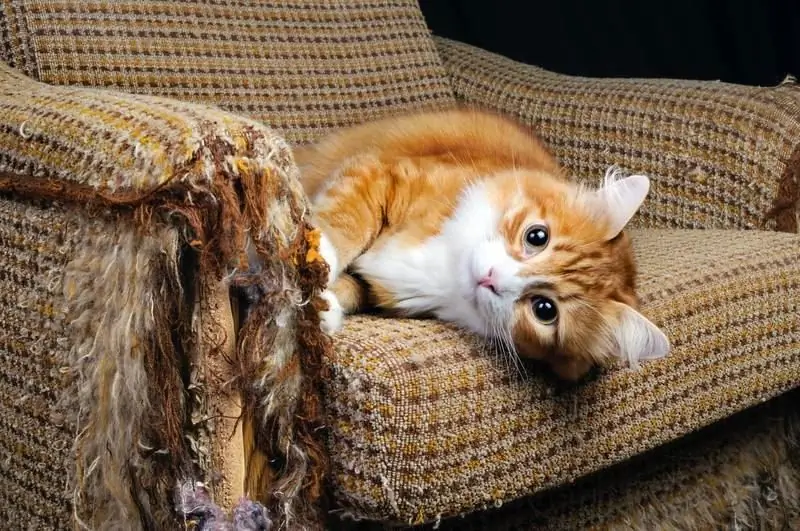
Why does a cat tear wallpaper and furniture? How to prevent damage to property. What to do if you can't wean your cat
What To Plant After Garlic And Onions For The Next Year And What To Combine Planting With
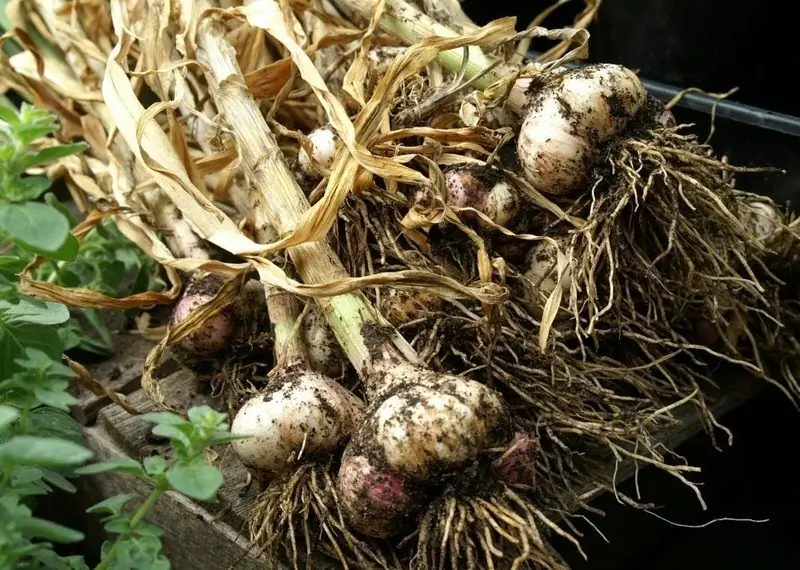
What are the rules of crop rotation based on, what do they advise to plant after onions and garlic, and what is prohibited. What can be planted next to them
What To Plant After Cucumbers And Zucchini For The Next Year And What To Combine Planting With
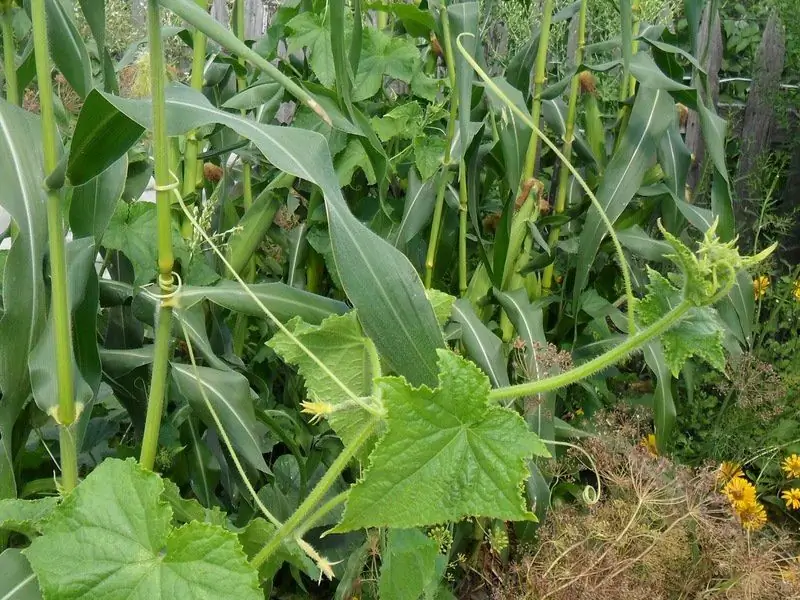
What can you plant after zucchini and cucumbers for the next year. What is the reason for the choice of subsequent crops. That grows with cucumbers and zucchini in the same garden. Reviews
What To Plant After Cabbage And Carrots For The Next Year And What To Combine Planting With
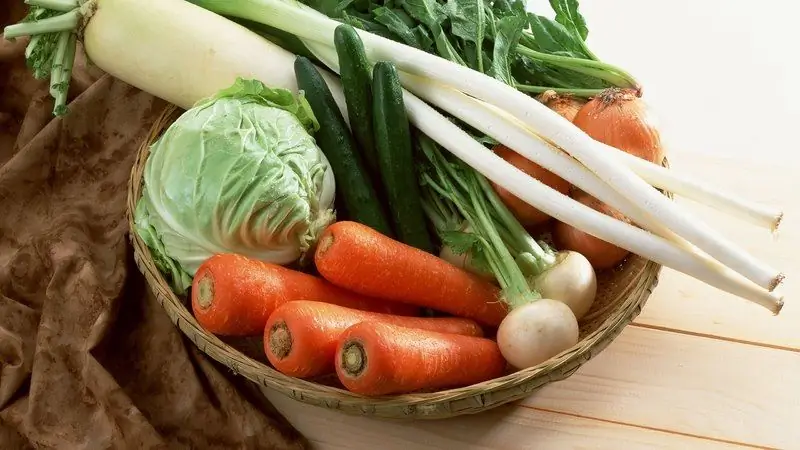
Alternating and mixing crops in the garden: good and bad neighbors, followers and predecessors for cabbage and carrots
